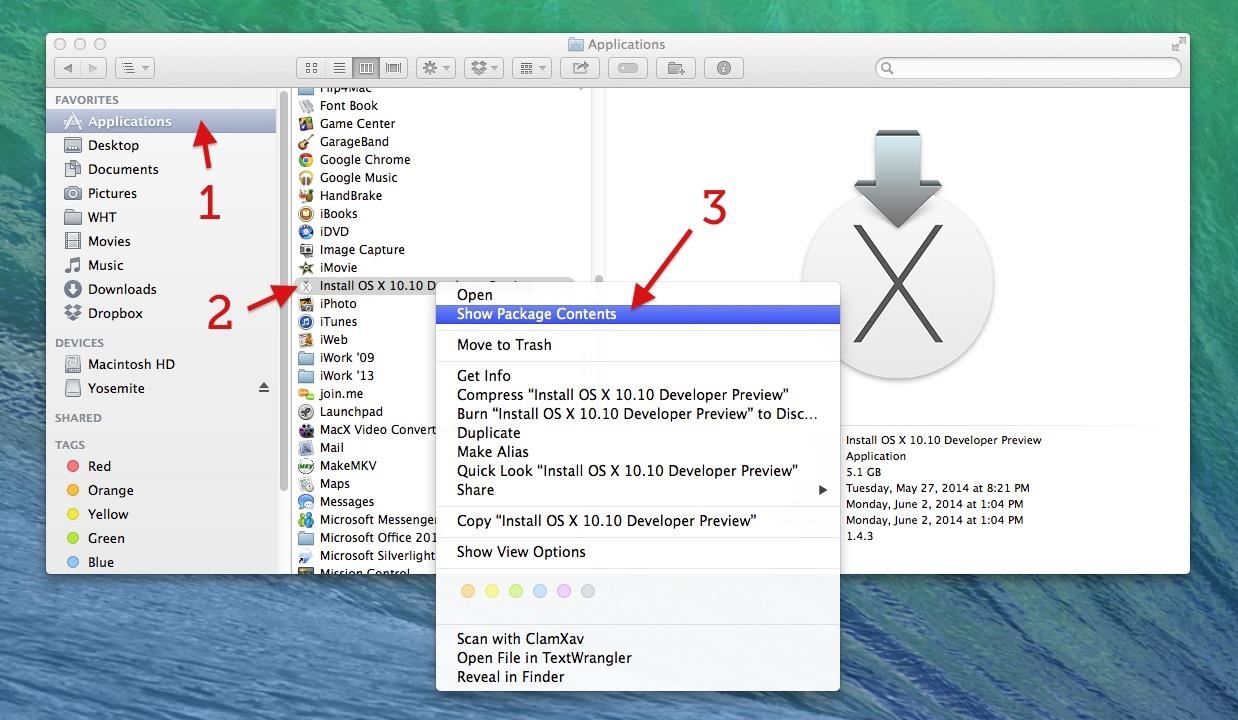
sudo-It’s a tool that is provided to allow regular (non-root) users to perform root tasks on a case by case basis.If you closely follow the above command, they rely on basic syntaxĬreateinstallmedia -volume volumepath -applicationpath installerpath Copy the following command sudo /Applications/Install\ macOS\ Sierra.app/Contents/Resources/createinstallmedia -volume /Volumes/Untitled -applicationpath /Applications/Install\ macOS\ Sierra.app This option is used for all Intel-based Mac computers.Ĭlick Erase, then click Done. Select the USB drive and click the Erase button.Ĭhoose the Name as Untitled, Format as OS X Extended (Journaled) and select Scheme as GUID Partition Map. Proceed and follow the next steps for creating bootable USB drive. Open the Finder window and navigate to Applications > Install macOS Sierra. The only way to quit this app is through Dock Step 3 Secondary-click, or two-finger tap with trackpad, on the running installer app from the dock and choose Quit.

Once the download gets complete, you’ll see the installer window. Download Sierra or El Capitan OS from the App Store Step 2 Click on the Purchases tab, locate macOS Sierra and click the Download button.

To create a bootable disk, you need to have the installer app. The installer application gets automatically erased after upgrading the Mac. If you do not have the Install macOS Sierra app in the Applications folder, then you might have already upgraded to macOS Sierra. macOS Sierra installer in Finder Download macOS Sierra Installer Storage-USB 3.0 drive of 8GB or more, or an external USB hard drive, or a Firewire or Thunderbolt external hard drive.Software- macOS Sierra 10.12 installer app.In this tutorial, I'll show you two ways to install macOS Sierra onto a bootable USB drive.

It is better than OS X Recovery as you don’t have to download the ~5GB installer data, first, to reinstall the OS or installer disk for Macs that does not support OS X Recovery. If a Mac is having some issues a bootable USB of the OS can serve as an emergency disk. Whilst the process of downloading and installing an OS through the Mac App Store is straightforward enough, it’s painful for people with a slower internet connection, or if they’ve multiple Macs in their home. MacOS Sierra 10.12 is the thirteenth major release from Apple, released on 20th September 2016 as a free upgrade via the Mac App Store.


 0 kommentar(er)
0 kommentar(er)
